The Nubia Red Magic 5S is designed to appeal to serious gamers. It arrived just months after the Red Magic 5G, with a few modifications, including an improved internal cooling system (with the possibility of adding the “Ice Dock” accessory to provide even more cooling), faster storage, and faster shoulder triggers (described as “320 Hz touch sampling rate, dual pressure touch buttons”). Like its predecessor, it has a 144 Hz refresh rate, a 6.65-inch AMOLED display screen, up to 12 GB of RAM, and the Qualcomm Snapdragon 865 chipset with Dual Mode 5G.
On the audio front, the Red Magic 5S touts two speakers, which with the help of DTX: S Ultra 7-channel “surround sound” are said to deliver “immersive high-quality audio and 4D Shock Vibration Feedback.” Our DXOMARK audio engineers put the smartphone through our rigorous suite of tests, and we share the results below.
Audio specifications include:
- Two speakers: top front-firing, bottom side-firing
- USB Type-C, 3.5mm headphone jack
- DTS: X Ultra 7-channel “surround sound”
- Dual stereo super-linear speakers, Dual SmartPA
About DXOMARK Audio tests: For scoring and analysis in our smartphone audio reviews, DXOMARK engineers perform a variety of objective tests and undertake more than 20 hours of perceptual evaluation under controlled lab conditions. This article highlights the most important results of our testing. Note that we evaluate both Playback and Recording using only the device’s built-in hardware and default apps. (For more details about our Playback protocol, click here; for more details about our Recording protocol, click here.)
Test summary


With an overall score of 64, the Nubia RedMagic 5S placed well ahead of its tested predecessor, the Nubia Red Magic 3S, which scored 50. This puts the 5S (which itself is a recent upgrade of the 5G) in pretty good company with an above-average rating, though still short of the top scorer to date, the Mi 10 Pro (at 76).
In Playback testing, the Red Magic 5S scored a 68, and it scored a robust 75 in the gaming use case, which is a key category for this purpose-driven device, with an above-average dynamics performance and an excellent score in artifacts, producing clean sound. Our engineers found the minimum volume step to be too low — classical music, for example, could hardly be heard. Sound does not rotate when the phone is used in inverted landscape, and the balance score was lowered because content that should be centered shifts to the right.

The RedMagic 5S did not fare as well in testing when used as a recording device, earning an overall score of 52. It did well in volume performance and had good distance performance in selfie video, but scored poorly for artifacts, with frequent hissing, distortions, and pumping. Mono recording impaired the localizability and wideness scores.
Sub-scores explained
The DXOMARK Audio overall score of 64 for the ZTE Nubia Red Magic 5S is derived from its Playback and Recording scores and their respective sub-scores. In this section, we’ll take a closer look at these audio quality sub-scores and explain what they mean for the user.
Playback
Timbre tests measure how well a phone reproduces sound across the audible tonal range and takes into account bass, midrange, treble, tonal balance, and volume dependency.
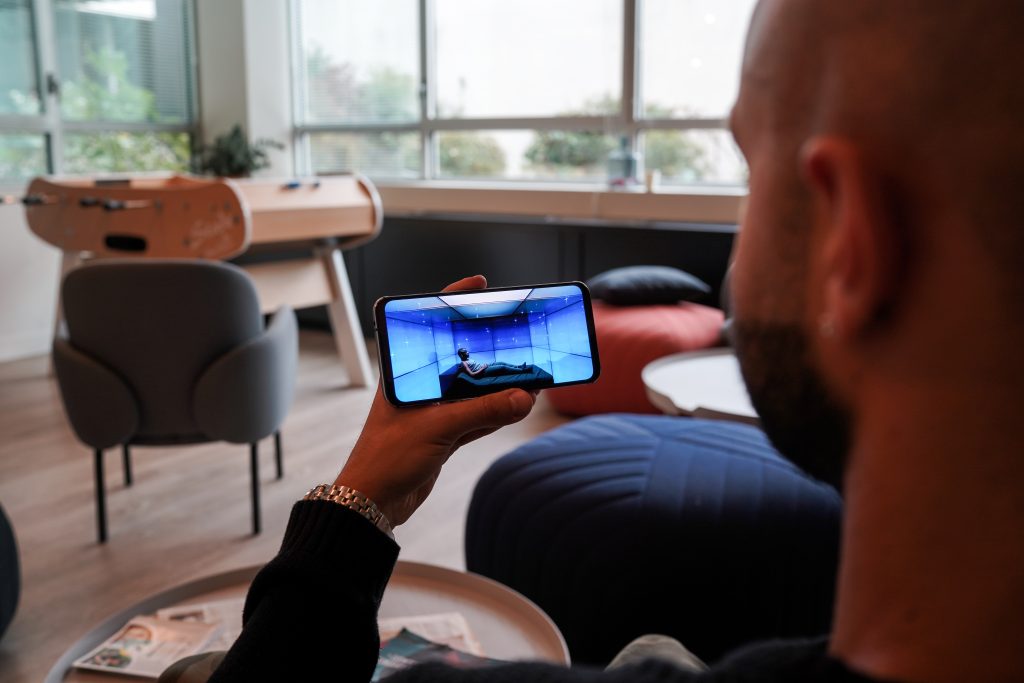
The ZTE Nubia Red Magic 5S puts in a fairly good timbre performance across a range of sound sources. Tonal balance is impaired by the lack of low-end extension. Timbre shows precise treble, however. The midrange sounds natural, but upper mids are slightly too prominent, especially at maximum volume.

Dynamics
Nubia Red Magic 5S
54
81
DXOMARK’s dynamics tests measure how well a device reproduces the energy level of a sound source, and how precisely it reproduces bass frequencies.
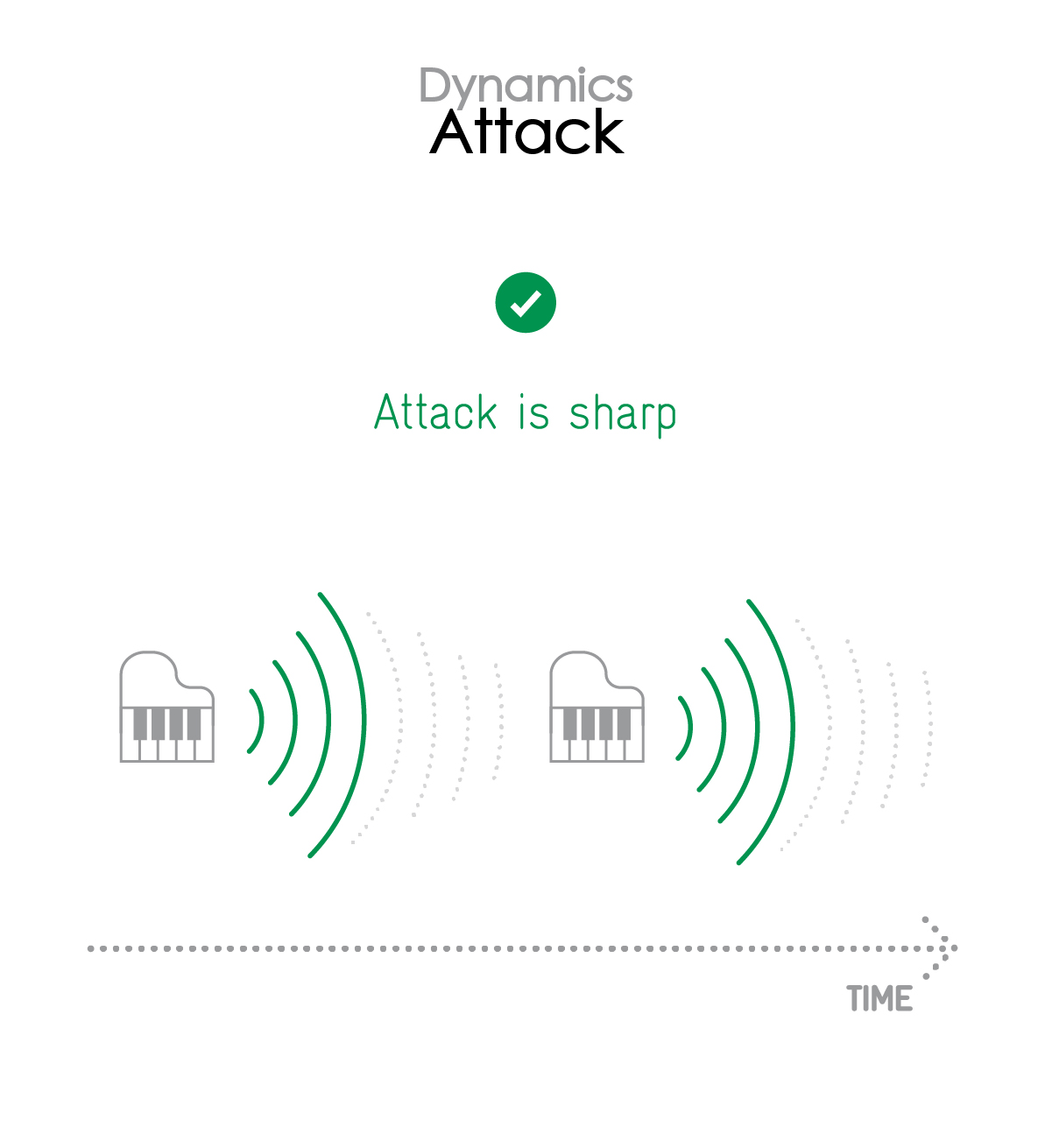
The ZTE Nubia Red Magic 5S’s dynamics score was above average, putting it in good company among other smart phones. Clear treble and upper mids make good attack possible at nominal volume. At maximum volume, the scores dropped across the table, with our engineers noting that transients are not well preserved at maximum volume because of over-compression.
The sub-attributes for the perceptual spatial tests include localizability, balance, distance, and wideness.
The ZTE Nubia Red Magic 5S scored fairly well in spatial. The clear treble and upper mids allowed for good localizability and a coherent perception of distance. As for wideness, it scored well in the gaming scenario and also for pop rock, but there was a steep drop-off in movie and electronic music. Unfortunately, sound doesn’t follow when the user rotates the phone to inverted landscape, which is especially nettlesome when watching a movie — sounds and voices that are supposed to come from the left come from the right instead. The balance score was also impaired because centered content shifts to the right, where the side speaker is mounted.
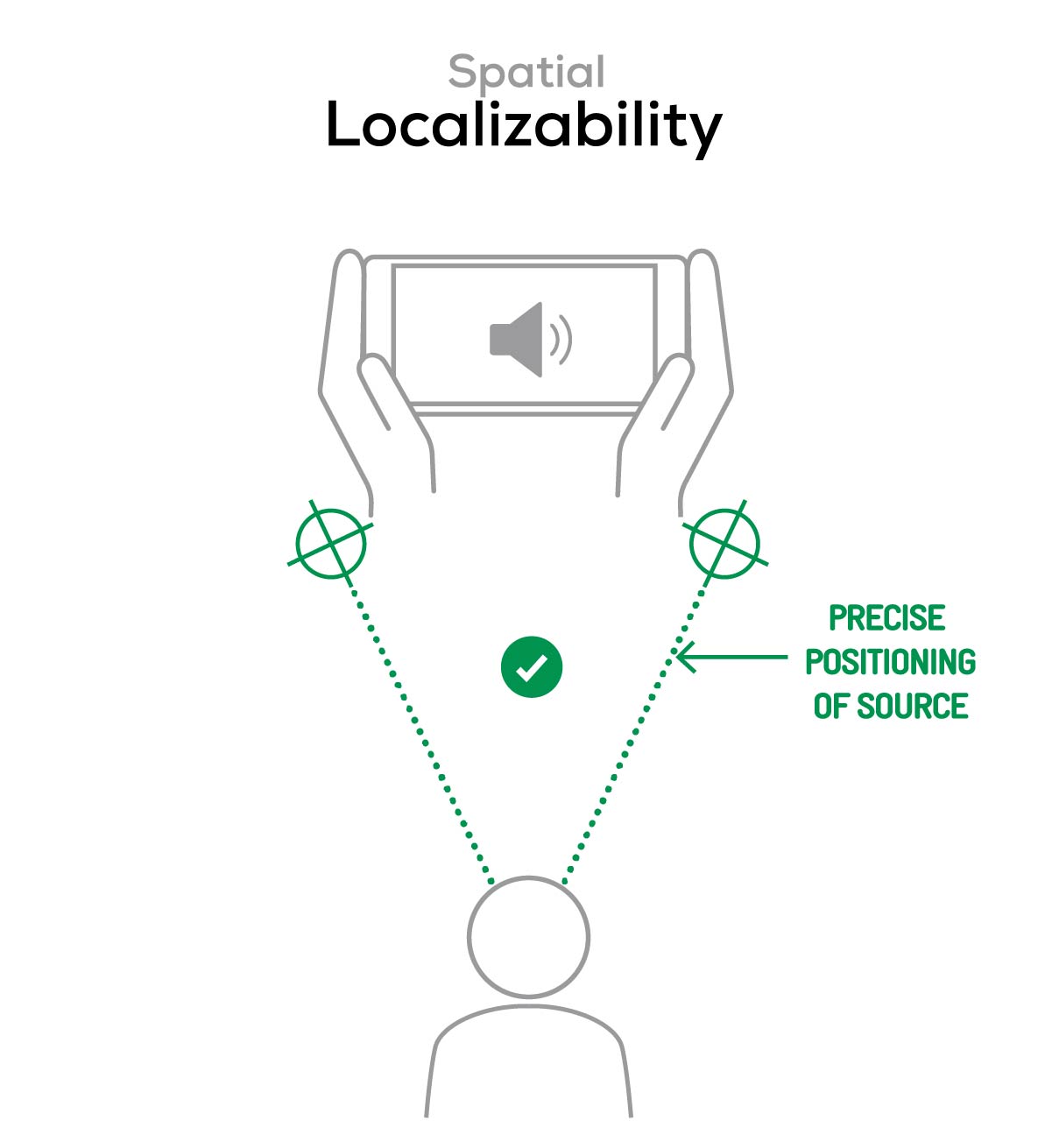
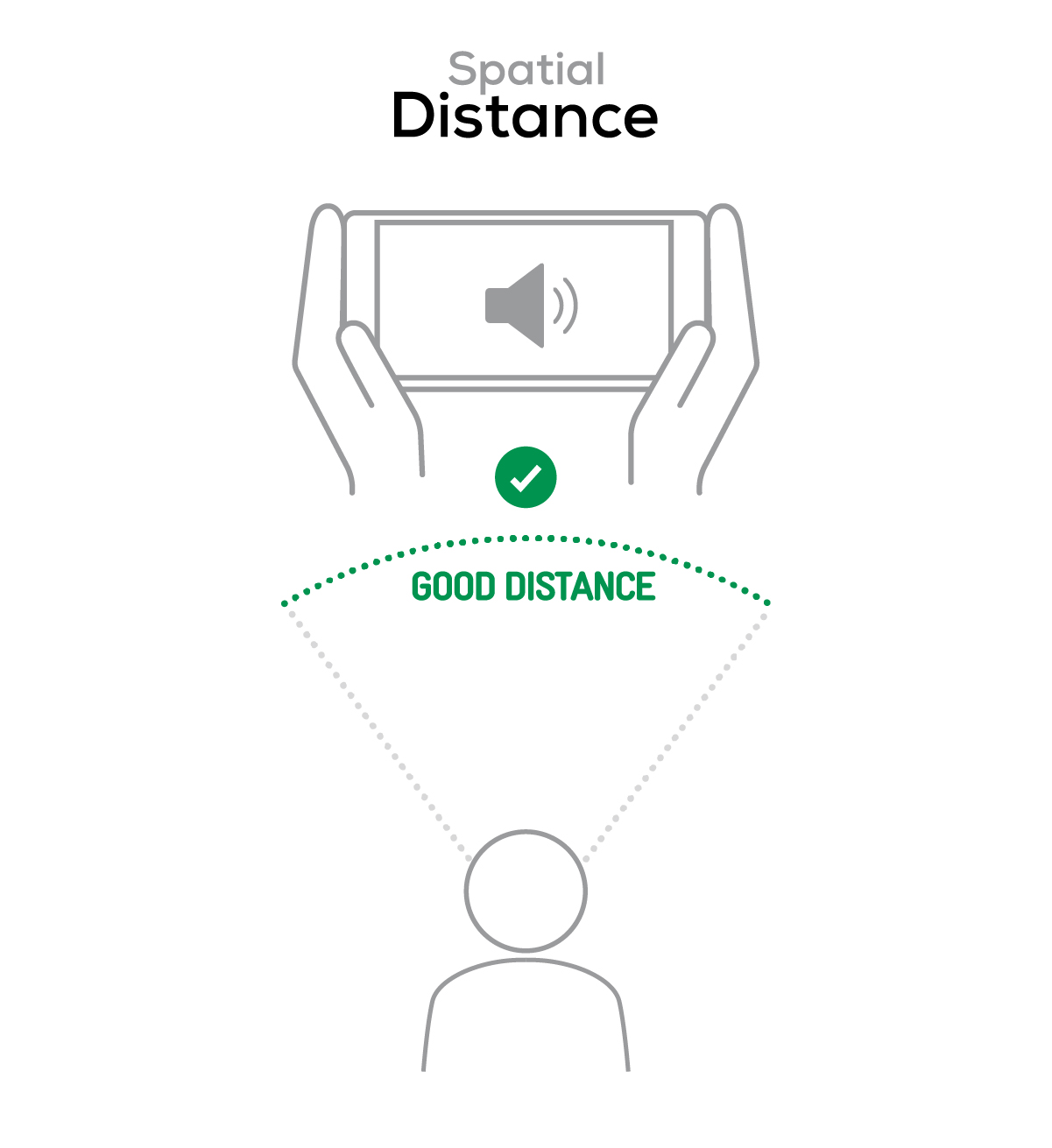
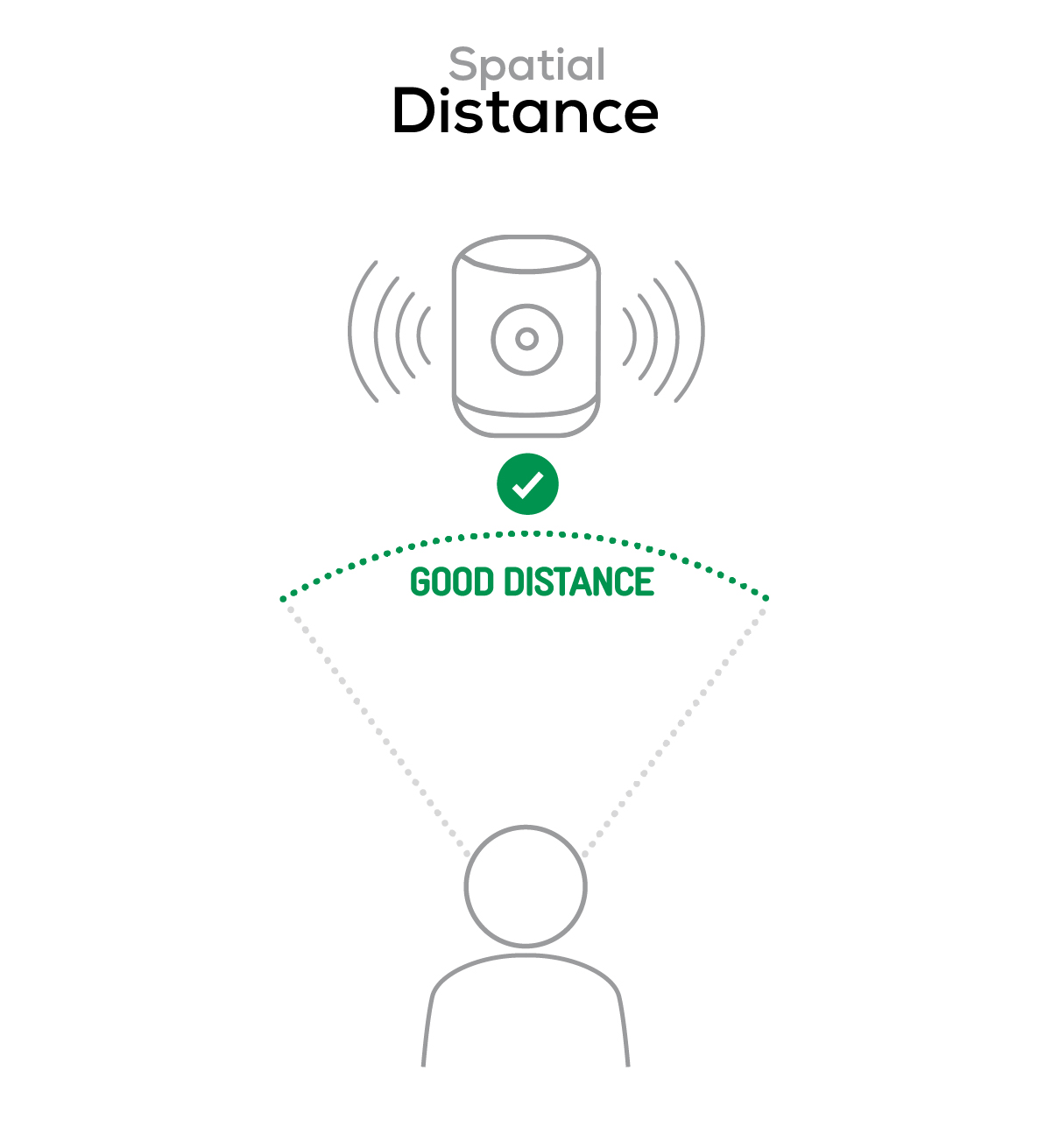

Volume
Nubia Red Magic 5S
69
91
Volume tests measure both the overall loudness a device is able to reproduce and how smoothly volume increases and decreases based on user input.
| Hip-Hop | Classical | |
| Xiaomi Mi 10 Pro | 73.8 dBA | 69.5 dBA |
| Nubia Red Magic 5S | 73.8 dBA | 72.6 dBA |
The Red Magic 5S was above average in our volume tests. The maximum volume is quite loud, matching the decibel level of the top-testing phone, Xiaomi’s Mi 10 Pro, when playing hip-hop at 73.8 dBA. The minimum volume step was too low, however — it was nearly impossible to hear soft content, such as classical music.

Artifacts
Nubia Red Magic 5S
86
113
Artifacts tests measure how much source audio is distorted when played back through a device’s speakers. Distortion can occur both because of sound processing in the device and because of the quality of the speakers.
The ZTE Nubia Red Magic 5S does an excellent job of controlling undesirable sounds. At maximum volume, there is slight compression and pumping; bass distortion is also noticeable, along with granular noise on synthetic signals.
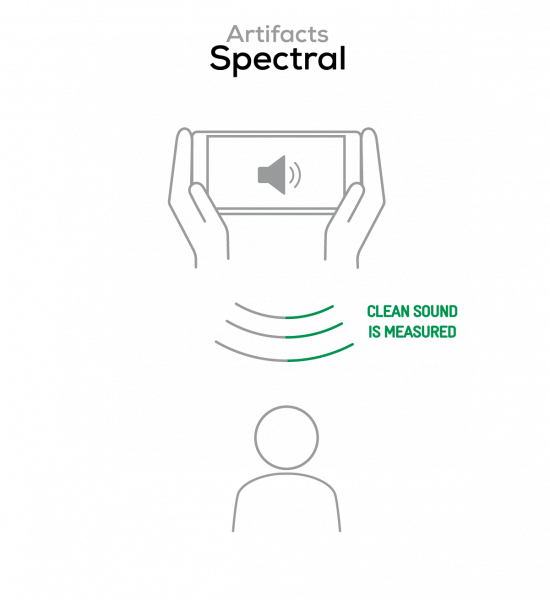
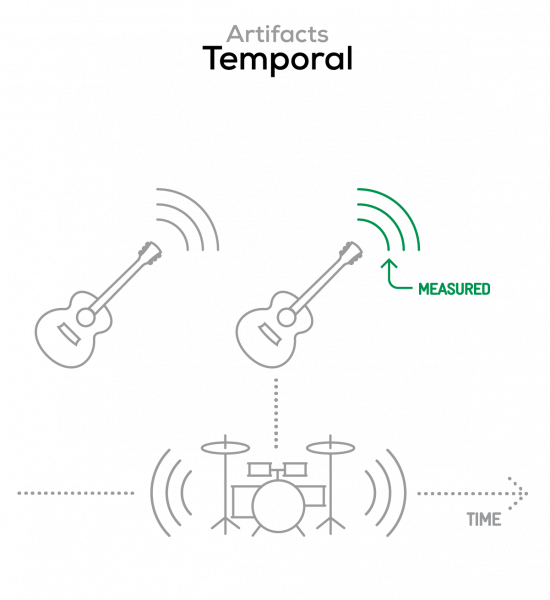
Recording

Timbre
Nubia Red Magic 5S
65
91
The Nubia Red Magic 5S had a fairly good timbre performance as a recording device, although the tonal balance was affected on high ends. An aggressive noise cancellation algorithm affects the midrange, impairing the timbre of voices. In the high SPL scenario (such as recording a loud concert), a lack of bass and high-end extension impairs tonal balance, and upper mids are too prominent.

Dynamics
Nubia Red Magic 5S
55
81
The Red Magic 5S struggled with dynamics on several fronts. In life video, plosives were hardly audible because of artifacts on the background noise, especially in urban scenarios. In the memo app, resonances on the high end impair the signal-to-noise ratio. When recording in loud environments, the imprecise envelope impairs dynamics performance. Distortions in the bass region also lowered the score.
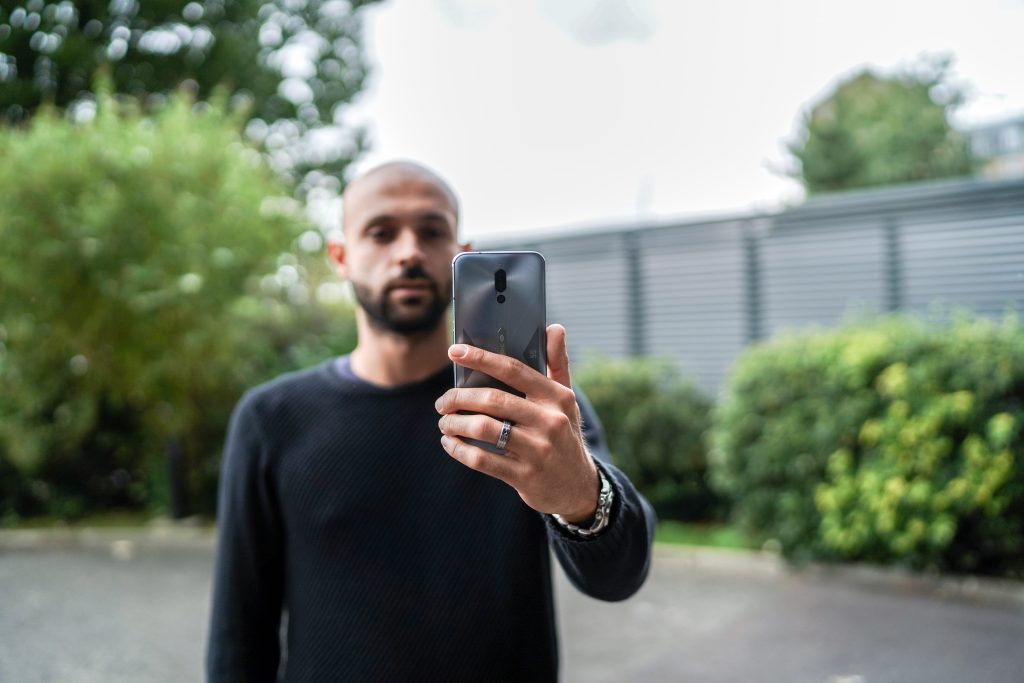

Spatial
Nubia Red Magic 5S
42
78
The Red Magic 5S also had trouble with spatial in recording, and its score places it among the lowest we’ve tested. Localizability and wideness were heavily held back because even though the device appears to have three microphones, it produces mono recordings in every app. In life video, unsatisfying midrange affected the perceived distance of recorded voices — they sounded further away than their real position in the audio scene. Selfie video, on the other hand, had good distance performance.

Volume
Nubia Red Magic 5S
62
99
The Red Magic 5S fared better when it came to capturing volume as a recording device. It rendered the loudness of voices well both in indoor scenarios, such as recording a meeting, and in outdoor scenarios.
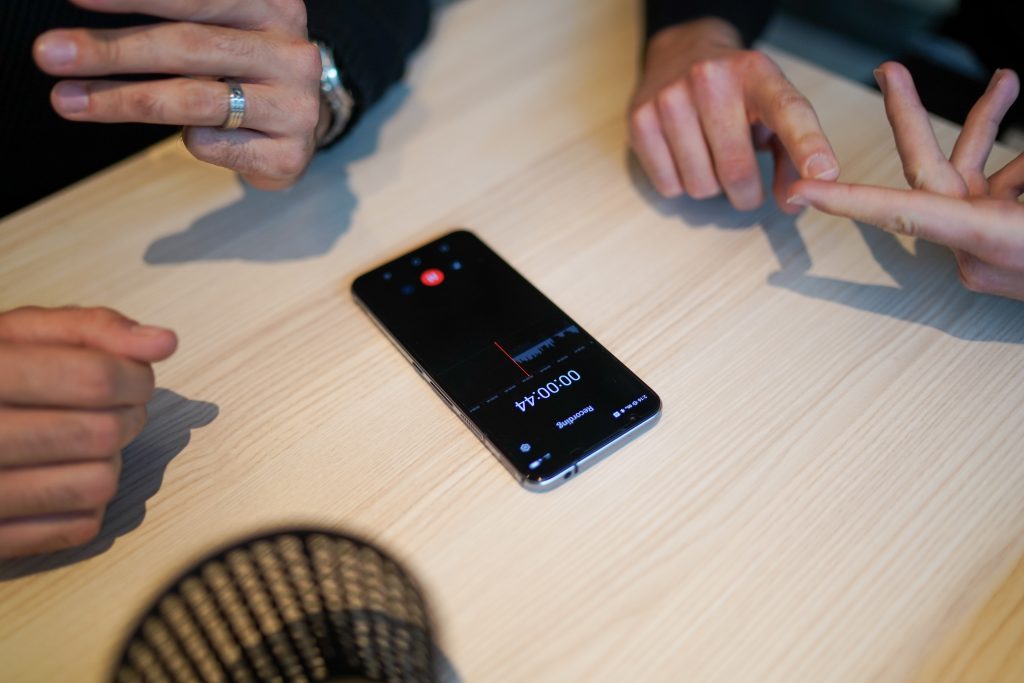
| Hip-Hop | Classical | |
| Motorola Edge+ | 74.3 dBA | 68.5 dBA |
| Black Shark 3 Pro | 77.4 dBA | 70.5 dBA |
| Nubia Red Magic 5S | 73.8 dBA | 72.6 dBA |

Artifacts
Nubia Red Magic 5S
49
97
While the Red Magic 5S had a sterling performance for artifacts in playback, it had some issues with artifacts while recording, with noticeable hissing and distortions, along with pumping, in life video and memo use cases. In high SPL scenarios, it produced bass distortion, pumping, and gating. There were user artifacts as well — for example, occluding the microphone with fingers generated buzzes, making it harder to understand voices.
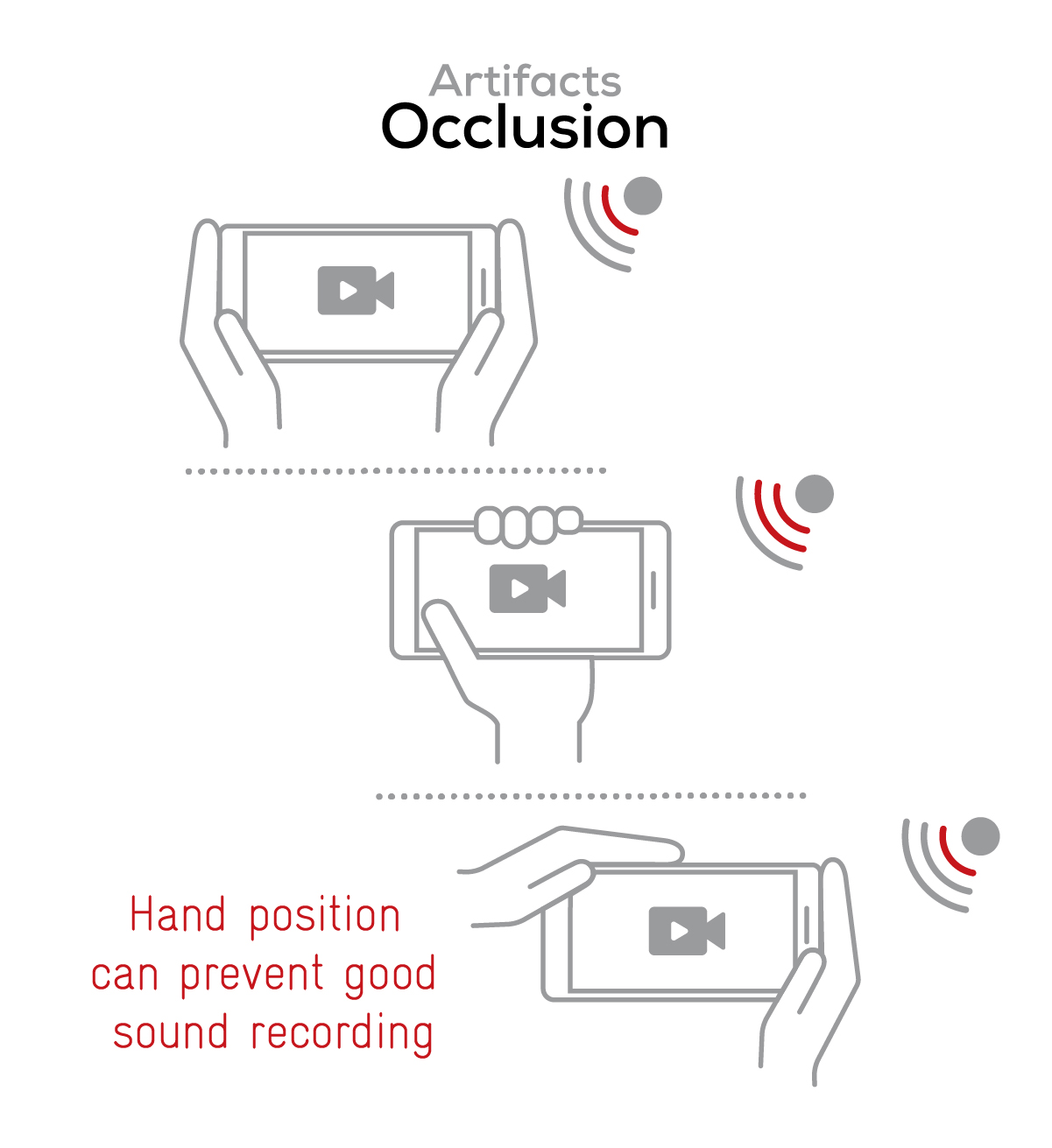
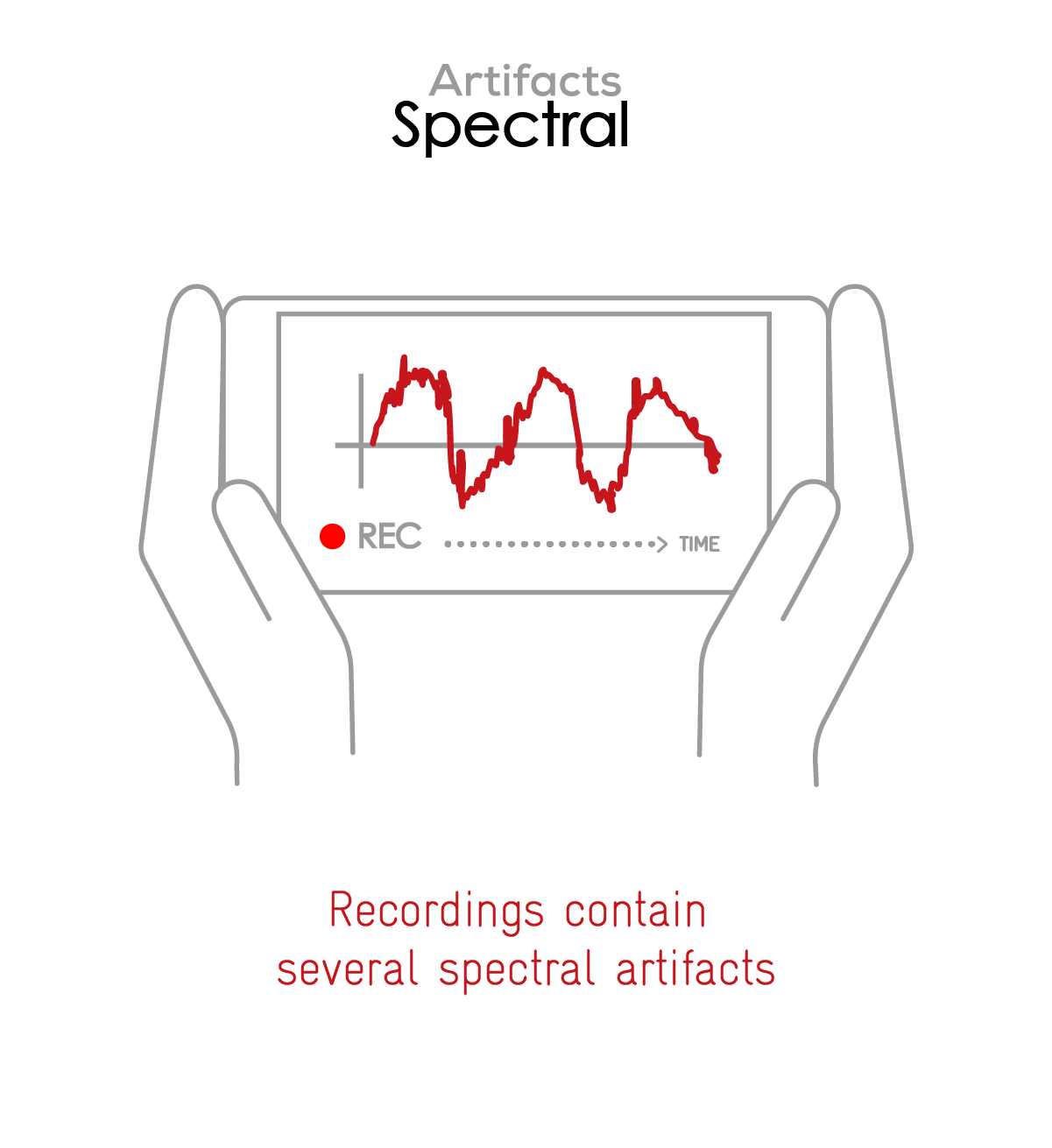
You can hear some of the artifacts for yourself in this sample recording:

Background
Nubia Red Magic 5S
18
60
A disappointing background performance placed the Red Magic 5S in the low end of the devices we’ve tested. In life video, the lack of bass affected the tonal balance of the background in urban scenarios. Heavy-handed noise cancelling impairs background in life video and selfie video. In the memo app, resonances in the high end cause an unnatural rendering of background noise.
Conclusion
The ZTE Nubia Red Magic 5S’s audio performance scores well for its intended purpose as a gaming device, often outpacing its competitors, such as the Black Shark 3 Pro, which earned an overall score of 55 versus the Red Magic 5S’s 64, and a 68 against the Black Shark Pro 3’s 57 for Playback. Its weaknesses tended to come in non-gaming areas, such as its use as a recording device, or in the fact that its minimum volume is too soft for highly dynamic content such as classical music. In Playback testing, it had an above-average dynamics performance and an excellent artifacts performance. As a recording device it leaves much to be desired, however, with a poor artifacts score and an even worse score in rendering background.
Playback
Pros
- Excellent artifacts performance
- Above-average dynamics performance
- Good loudness at maximum volume
Cons
- Minimum volume step is too soft.
- Sound doesn’t follow rotation of the device.
- Balance is impaired by a shift to the right.
Recording
Pros
- Good volume performance across categories
- Good distance performance in Selfie video
Cons
- Mono recording impedes ability to capture localizability and wideness.
- Considerable number of artifacts (distortion, compression, resonances, hissing)
- Poor background rendering


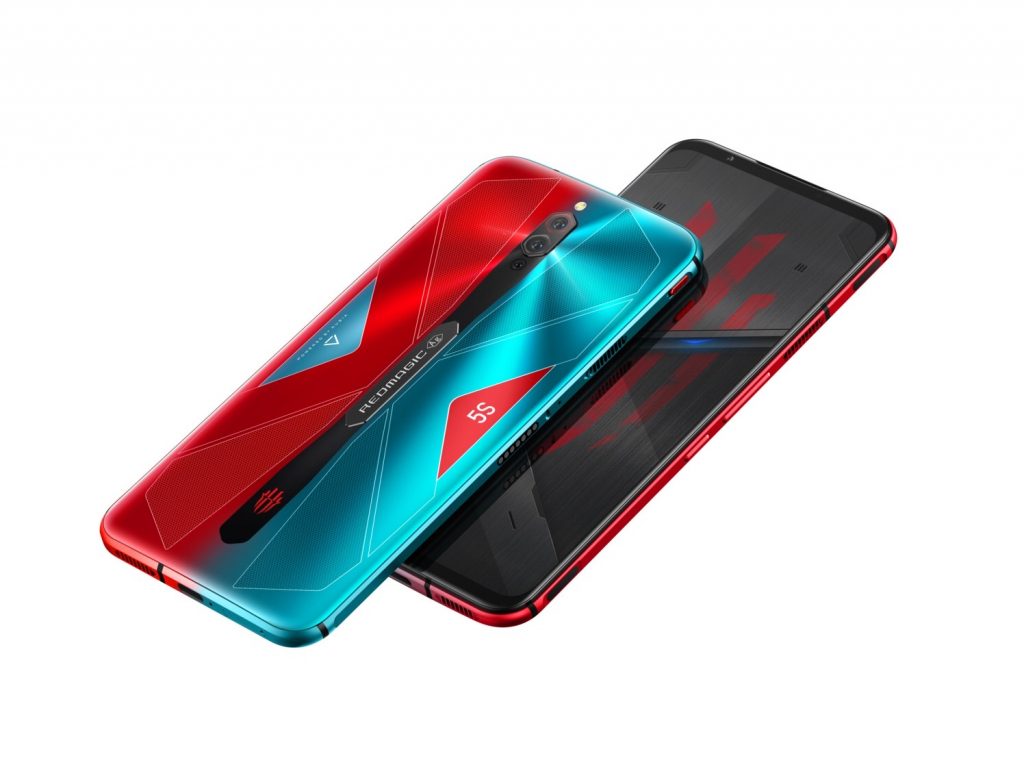
DXOMARK encourages its readers to share comments on the articles. To read or post comments, Disqus cookies are required. Change your Cookies Preferences and read more about our Comment Policy.